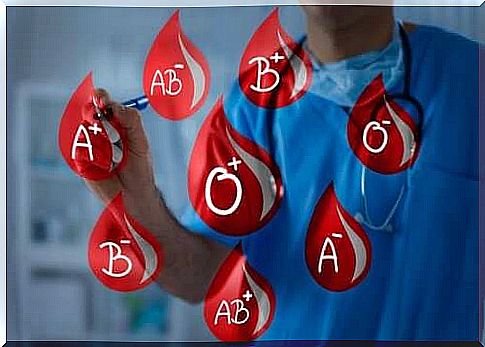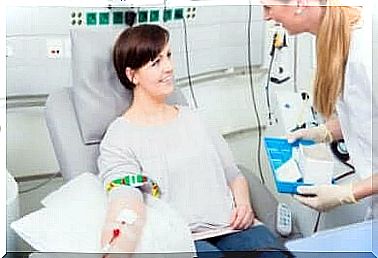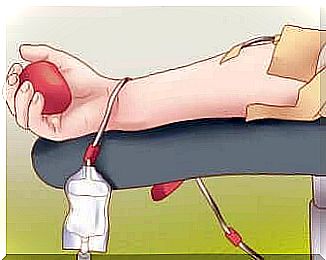Different Types Of Blood
Group O – is the famous universal donor. It receives this name because people with this blood type are compatible with all blood types. This is why it is the most requested blood by hospitals.

It is essential to know our blood type, also called blood group. There are 4 main types of blood: A, B, O and ABO, which are determined by the presence or absence of certain proteins on the surface of red blood cells, blood cells.
In addition, each person has a type of blood based on Rh positive or Rh negative, depending on the presence or absence of another antigen or protein in the red blood cells.
As we said, it is very important that you know your blood type if you want to donate it, for example. Also, if you are in an emergency and need a transfusion, you will need to know your blood type so that the same type of blood can be brought to you.
In this article, we will take a closer look at the different characteristics of all these types of blood.
A positive (A +)

Group A positive is one of the most common types of blood. One in three people is A +, which is about 35.7% of the population.
People who are A positive can donate blood to others in the same group or to people in the AB positive group. This is because they share the same type of proteins, so the body will not attack the new cells: it will recognize them.
In the case of transfusion, A + people can receive blood from groups A and O. Donors of this type of blood are recommended to donate blood and platelets.
A negative (A-)
In this case, the percentage of A negative people decreases to 6.3%, that is, one in sixteen people share this blood type.
They can donate blood to people from groups:
- AT-
- A +
- AB +
- AB-
However, they can only receive blood from A- or O- people. Donors in this group are recommended to donate blood and red blood cells.
B positive (B +)

Here, 8.5% of the population, that is to say 1 in 12 people, is of type B +. Donors of this type can donate their blood to people of type B + and AB +. They can also receive blood of any type of group B or O.
B-positive donors are recommended to donate blood and red blood cells.
B negative (B-)
The number of people here continues to decrease, with 1 in 67 people, that is to say 1.5% of the general population.
B negative people can donate blood to type B positive, B negative, AB positive, and AB negative people. As with the previous group, they can only receive blood from people of the same group or the O-.
Regarding donation, B negative people are recommended to donate blood or platelets.
Positive o
Above the positive A, we find the positive O. It is the most common type of blood, and it makes up 37.4% of the population.
People with type O + can donate blood to all positive blood types. However, they can only receive it from O + or O-. Here they are recommended to donate red blood cells and blood.
O negative (O-)
This is the famous universal donor. It receives this name because people of this blood type are compatible with all blood types. This is why it is the type of blood most requested by hospitals.
The percentage of O- people is 6.6% of the population, which amounts to 1 in 15 people.
Although an O- person can donate to anyone, they can only receive blood from people of the same blood type, O-. It is recommended that these types of people donate their red blood cells or blood.
AB positive (AB +)
AB + is the rarest blood type, with only 1 in 29 people, which amounts to 3.4% of the population.
Unlike O-, AB + people can only donate to AB + people but can receive any type of blood: they are therefore universal recipients.
AB negative (AB-)
This group is the rarest of all blood types: 0.6% of the population has it. The AB- blood type can give AB- and AB + people and can receive all negative blood types.
People with type AB- are recommended to donate platelets and plasma.









